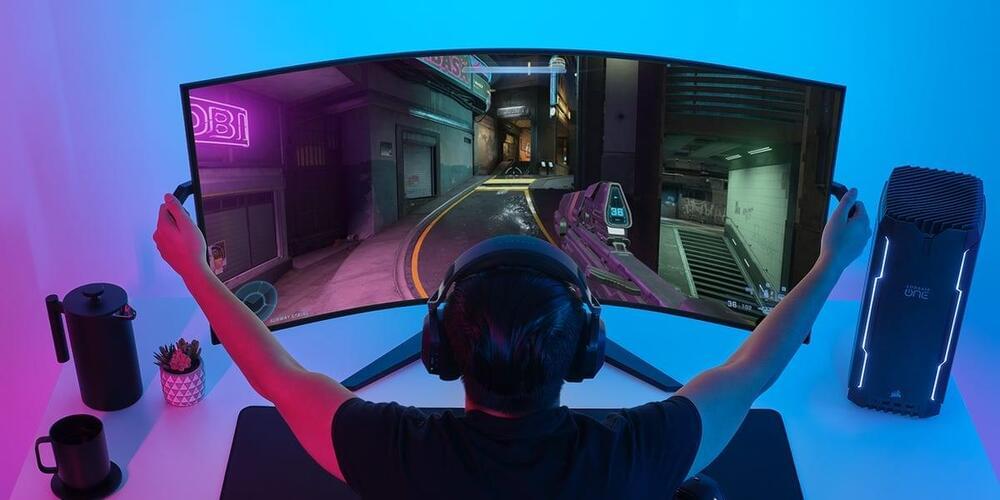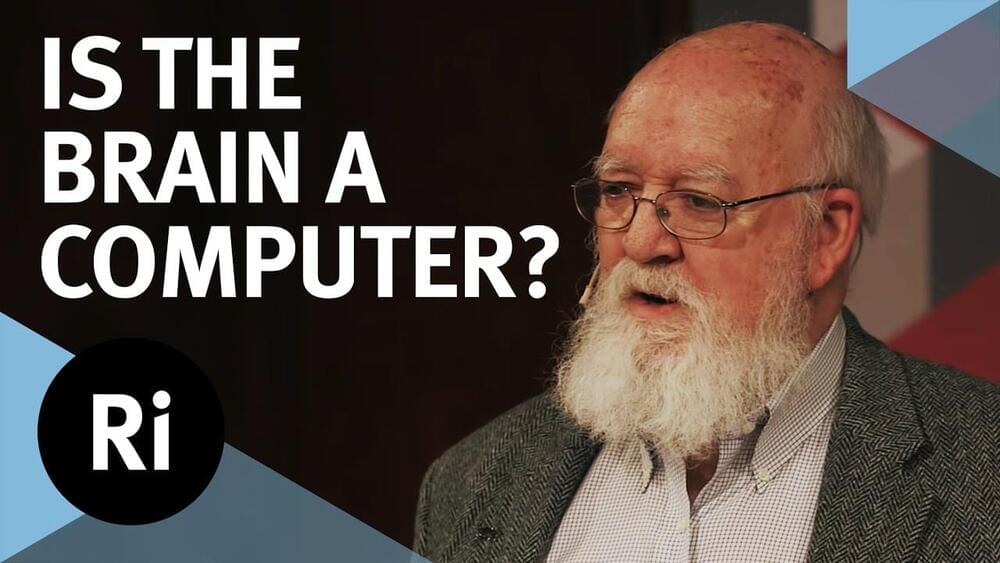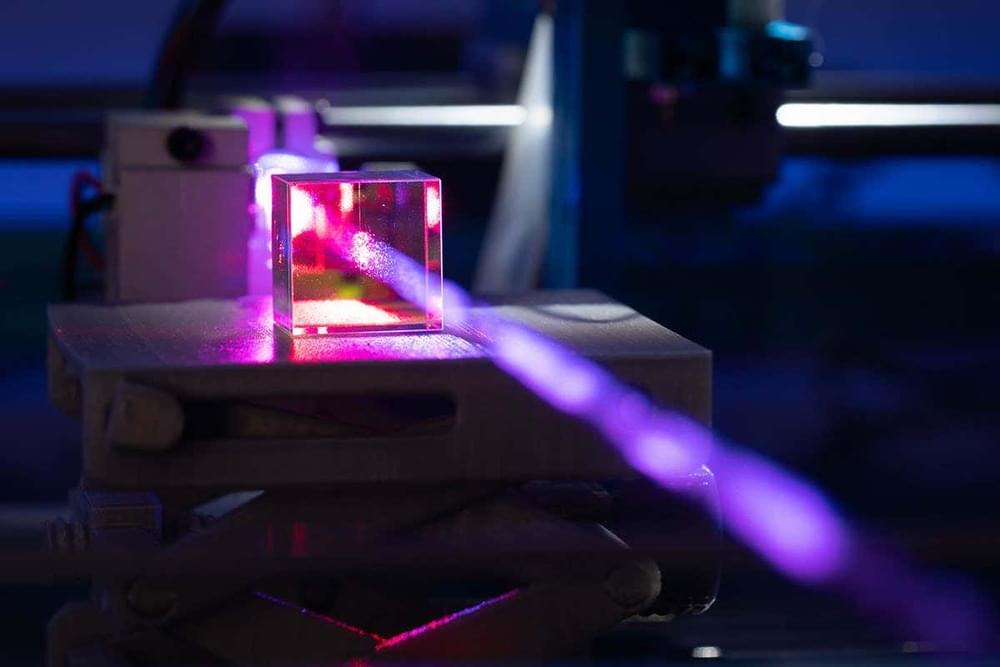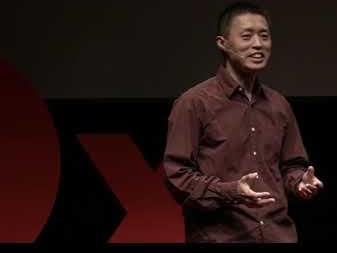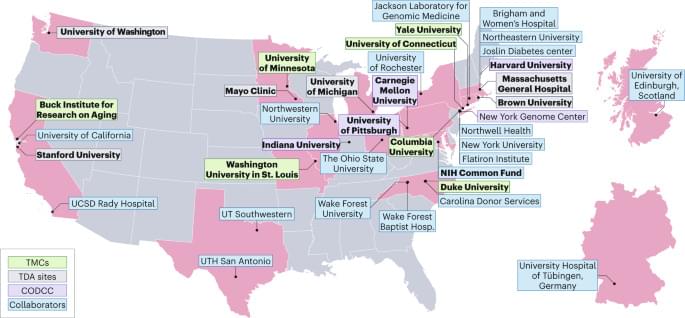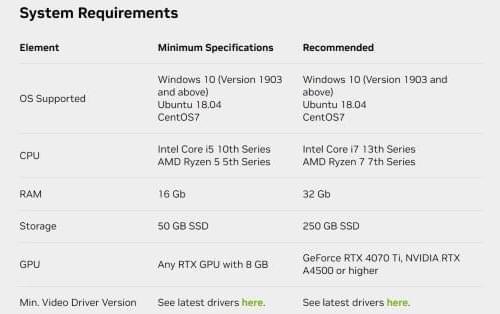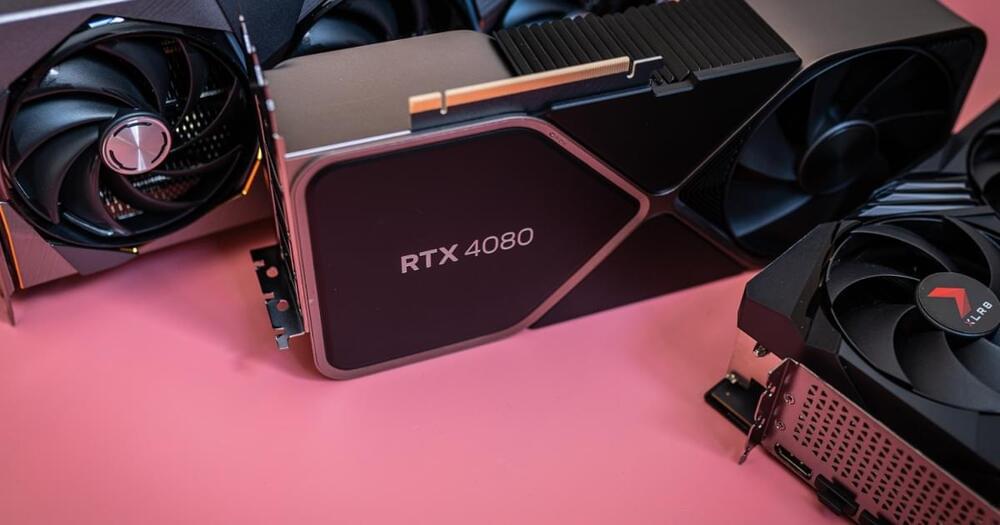
As far as scores go, the laptop version of the RTX 4,080 scored 178,038 points. The Geekbench OpenCL database shows that the average score for an RTX 3,080 Ti laptop GPU is 136,008, and for an RTX 3,080 — 125,425. This means that the upcoming RTX 4,080 may be up to 30% faster than the last-gen RTX 3,080 Ti and up to 42% faster than its predecessor, the RTX 3080.
These scores certainly bode well for the mobile iteration of the RTX 4080. In its desktop version, the card is certainly powerful, but the RTX 4,090 is often a better deal due to the way these cards are priced.
Rumor has it that Nvidia will have several new products up its sleeve, set to come out early in the new year. The desktop RTX 4,070 Ti, which may just be the previously “unlaunched” RTX 4,080 12GB, is said to make an appearance. We may also learn more about upcoming laptop GPUs. Stay tuned for more news during Nvidia’s CES 2023 keynote on January 3.
